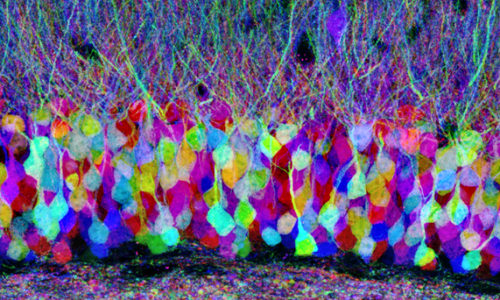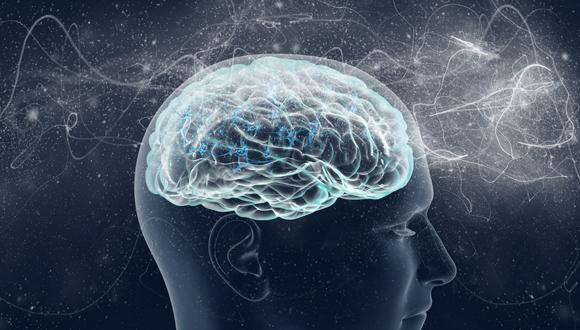Neuroscientists have discovered a brain pathway that underlies the emotional behaviours critical for survival.
New research by the University of Bristol, published in the Journal of Physiology, has identified a chain of neural connections which links central survival circuits to the spinal cord, causing the body to freeze when experiencing fear.
Understanding how these central neural pathways work is a fundamental step towards developing effective treatments for emotional disorders such as anxiety, panic attacks and phobias.
An important brain region responsible for how humans and animals respond to danger is known as the PAG (periaqueductal grey), and it can trigger responses such as freezing, a high heart rate, increase in blood pressure and the desire for flight or fight.
This latest research has discovered a brain pathway leading from the PAG to a highly localised part of the cerebellum, called the pyramis. The research went on to show that the pyramis is involved in generating freezing behaviour when central survival networks are activated during innate and learnt threatening situations.
The pyramis may therefore serve as an important point of convergence for different survival networks in order to react to an emotionally challenging situation.
Dr Stella Koutsikou, first author of the study and Research Associate in the School of Physiology and Pharmacology at the University of Bristol, said: “There is a growing consensus that understanding the neural circuits underlying fear behaviour is a fundamental step towards developing effective treatments for behavioural changes associated with emotional disorders.”
Professor Bridget Lumb, Professor of Systems Neuroscience, added: “Our work introduces the novel concept that the cerebellum is a promising target for therapeutic strategies to manage dysregulation of emotional states such as panic disorders and phobias.”
The researchers involved in this work are all members of Bristol Neuroscience which fosters interactions across one of the largest communities of neuroscientists in the UK.
Professor Richard Apps said “This is a great example of how Bristol Neuroscience brings together expertise in different fields of neuroscience leading to exciting new insights into brain function.”
Story Source:
The above story is based on materials provided by University of Bristol.





